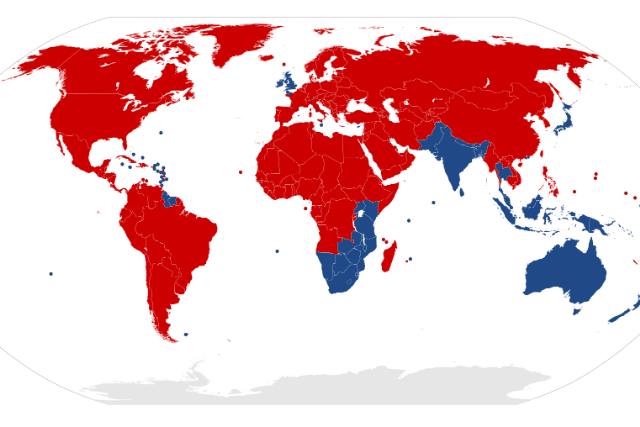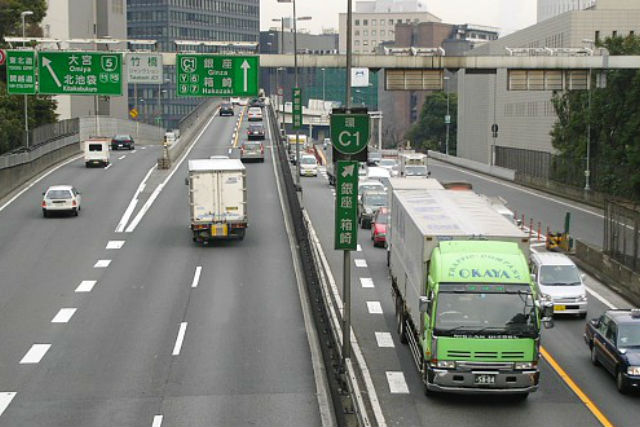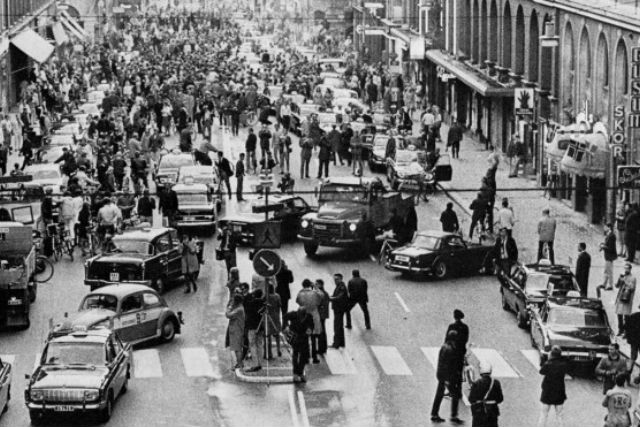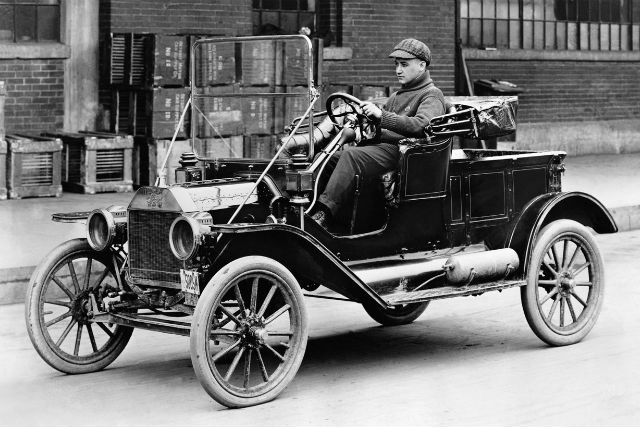For British drivers abroad, having to drive on the opposite side of the road can potentially be a major source of stress and confusion.
In fact, it’s estimated in a recent study from insurance4carhire than as many as 40 per cent of accidents caused by UK drivers when they’re on holiday is directly due to confusion over which side of the road they should be on.
But it’s actually Britain that’s in the minority when it comes to driving on the left hand side of the road, as currently around 75 per cent of the world’s population drives on the right instead.
The US, China and Russia all drive on the right while the majority of countries that drive on the left, aside from the UK of course, are former British colonies and include nations like India, Australia and the Caribbean.
But why is it that some countries choose to drive on the left side of the road while others drive on the left?

Chariot drivers and samurai warriors
Originally, it’s believed that most people in ancient times would have used the left-hand side of the road to travel on, due to the fact that most people are right handed and would therefore carry reins in their dominant hand.
According to a National Geographic article, ancient Romans would use the left side for their chariots, with the reins held in the right hand and a whip to encourage their horses in the left. Travelling on the left meant that there was less chance they would accidentally whip another passing traveller, and so it’s possible people started choosing to be on the left out of courtesy.
As well as that, avoiding a flogging from your fellow commuters also meant you had your right hand free to draw your sword in the event you had to do battle from horseback, with the stronger arm more able to wield a weapon.
There’s a similar story from Japan, which is one of the few modern countries in the world that drives on the left hand side of the road but which wasn’t at some point a British colony.
In the Feudal era, samurai warriors would carry their swords on their left side, so their right hands could easily access the hilt and draw it in the event they had to defend themselves. Like the Romans, travelling on the left became a custom to prevent bumping your katana into other passers-by, while still being able to defend yourself against attack.

Although Japan was never colonised by Britain, the British still did have some influence in the way the country’s infrastructure was built, as Japan’s first railway network was financed and designed by the Brits in 1872.
Constructed with trains travelling on the left as they would in Britain, the railway network helped cement Japan’s preference for driving on the left until 1945 when the US took command of the Okinawa Prefecture following the Second World War.
Forcing citizens to drive on the right like in the US, it didn’t take long for the Japanese to switch back to driving on the left, which it did in 1978.
Yet the story of why most of the world travels on the right hand side today is slightly less clear cut, but it’s generally accepted that French conqueror Napoleon Bonaparte played a significant part in it.
Various historical accounts and stories claim that prior to the French Revolution, the French aristocracy forced peasants to use the right side of the road, leaving the left free for the rich. During the Revolution itself, some even tried to escape the guillotine by travelling on the right, hoping to blend in with the common folk.

Europe at war
Whether or not that’s true, Napoleon did indeed introduce using the right hand side to all the nations that he conquered, which included large portions of Europe, as well as parts of Russia and Germany.
Sweden and Finland adjusted to the right after the Finnish War with Russia in 1808, and Adolf Hitler in turn imposed right-hand traffic in Czechoslovakia and Austria. By the 1930s, Britain was almost alone in Europe by driving on the left side of the road.
People in the United States didn’t always drive on the right, either. As in England, early American traffic travelled on the left but it’s theorised that the shift towards the right happened in the 1700s in response to an increase in the size of wagons that needed multiple teams of horses to pull them.
Typically, these wagons often had no driver’s seat, and so instead the driver would sit on the left rear horse in order to keep his right arm free to better whip the horses and keep them all in line. By sitting on the left, the drivers adjusted to driving on the right hand side of the road so they could see what was ahead more clearly.
Yet the move which would officially standardise the traffic direction in the US would come when Henry Ford made the decision to mass-produce cars with their controls and steering wheels on the left-hand side. The reason, apparently, was that this configuration would be more convenient for passengers, who could step out directly onto the kerb.

Economics and superstition
As the popularity and influence of Ford’s cars spread across the world, many countries adjusted for right-hand driving, although some were slower to adopt it than others. While Canada changed to driving on the right in 1920, it took Burma fifty years longer to make the switch in 1970.
Burma’s change had little to do with Ford, however, and was instead at the behest of the country’s ruler at the time, General Ne Win. The famously superstitious and eccentric despot reportedly ordered everybody in his country to start driving on the right side of the road rather than the left on the advice of a wizard.
Today, virtually every vehicle in the country is right-hand drive, but there are still plenty of older cars and buses with their steering wheels on the opposite side, along with old traffic lights and signs positioned on the wrong side of the road.
The most recent country to switch the side of the road on which cars are driven was Samoa, which made the change back in 2009. At 6am on 8th September, sirens in the streets were sounded and drivers were instructed to move from the right side of the road onto the left.
Despite widespread opposition to the changeover, the country’s government introduced it in order to end Samoa’s reliance on expensive, left-hand drive imports from the US and a three-day alcohol ban was introduced to prevent accidents.



